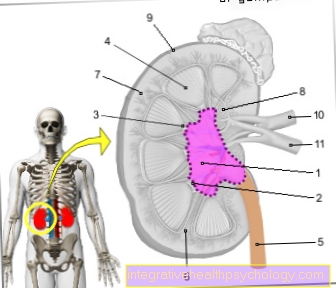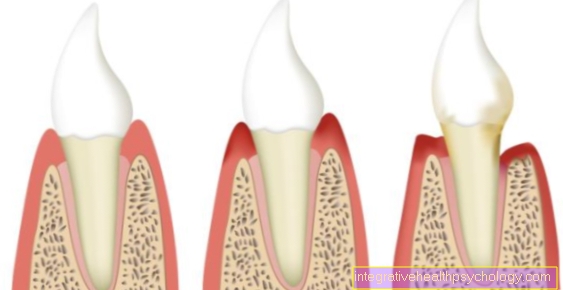Broken herb
Latin name: Herniaria glabra
Genus: Carnation family
Common names: The sweat of Christ, urine, a thousand grains
Plant description break herb
Plant description: Inconspicuous plant lying on the ground. Bald stems with lanceolate, small leaves. Small, greenish, cluster-shaped flowers.
Flowering time: June to September
Origin: Widespread throughout Central Europe. But hardly noticed because of its inconspicuousness.
Plant parts used medicinally
The flowering herb (without roots), gently dried in the shade.
ingredients
Essential oil, herniarin and umbelliferone (both related to coumarin), saponins and tannins.
Medicinal effects and use of broken herb
Stimulates metabolism, diuretic, weak antispasmodic. Used to support chronic cystitis, Urethritis, painful need to urinate. Broken herb is found as part of many Bladder and kidney teas.
Preparation: 2 teaspoons of the drug are poured with 1 cup of boiling water. Let it steep for 10 minutes and drink 1 cup twice a day. Medicines prescribed by the doctor are not dispensable thanks to the tea.
Combination with other medicinal plants
Broken herb is often found in Bladder and kidney teas. The effect on its own is only minor. Combined with Bearberry leaves As a classic disinfectant of the lower urinary tract, however, you get a tea that also helps with cramp-like pain.
Preparation: Tea mixture made from bearberry leaves 20.0 g / broken herb 25.0 g
Two teaspoons of this mixture are mixed with ¼ l of cold water and strained after 12 hours. Warm the tea and drink a cup two to three times a day.
side effect
No side effects are to be expected at the indicated dosages. In the case of extreme overdose, you can Signs of paralysis occur.





























